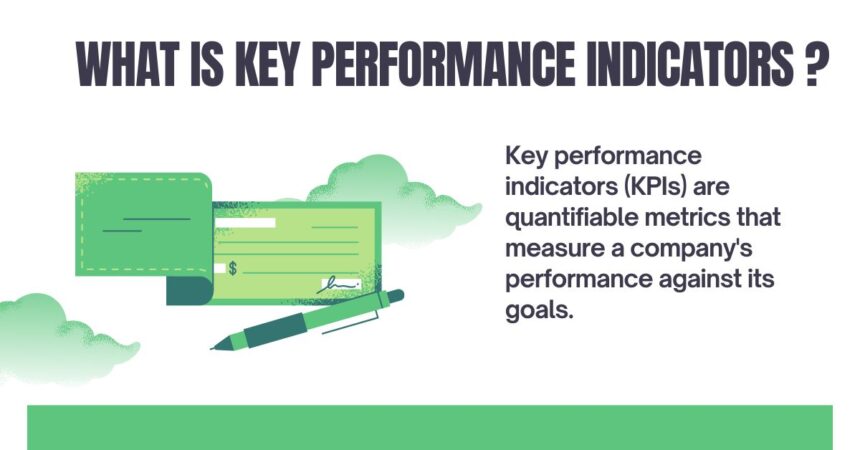Key Performance Indicators (KPIs) are measurable values that demonstrate how effectively a company is achieving its objectives. Businesses use KPIs to track performance across various areas, such as sales, marketing, customer satisfaction, and operational efficiency. The right KPIs vary depending on the industry, business goals, and specific metrics relevant to the organization’s success.
Key Takeaways
- KPIs are crucial for measuring progress toward business goals.
- They provide actionable insights to improve decision-making and strategy.
- KPIs should be SMART: Specific, Measurable, Achievable, Relevant, and Time-bound.
- Effective use of KPIs ensures alignment between organizational goals and team efforts.
Types of KPIs
- Financial KPIs: Track revenue, profit margins, cash flow, and cost management.
- Example: Gross profit margin, return on investment (ROI).
- Operational KPIs: Measure efficiency in processes and productivity.
- Example: Manufacturing cycle time, order fulfillment rate.
- Customer KPIs: Monitor customer satisfaction, retention, and acquisition.
- Example: Net Promoter Score (NPS), customer churn rate.
- Marketing KPIs: Evaluate the effectiveness of marketing efforts.
- Example: Conversion rates, website traffic, customer acquisition cost (CAC).
Benefits of Using KPIs
- Goal Alignment: Ensures that teams focus on achieving key objectives.
- Data-Driven Decisions: Provides measurable insights for strategy refinement.
- Performance Monitoring: Tracks progress in real-time and identifies areas for improvement.
- Enhanced Accountability: Encourages teams to take ownership of their responsibilities.
For example, Amazon uses KPIs such as delivery time, customer satisfaction ratings, and sales growth to maintain its position as a leader in e-commerce.
How to Create Effective KPIs
- Define Goals: Clearly identify the objectives you want to achieve.
- Choose Relevant Metrics: Select KPIs that directly impact those goals.
- Set Targets: Establish benchmarks to measure success.
- Monitor and Adjust: Regularly review performance and refine KPIs as needed.
Challenges of KPIs
- Overloading Metrics: Tracking too many KPIs can lead to confusion and inefficiency.
- Irrelevant Metrics: Using metrics that don’t align with business goals.
- Data Inaccuracy: Incomplete or incorrect data can distort results.
- Lack of Engagement: Teams may lose interest if KPIs are overly complex or unrealistic.
Example of KPI Success
Google focuses on KPIs like ad revenue, user engagement, and platform uptime to drive innovation and maintain a competitive edge in the tech industry.





